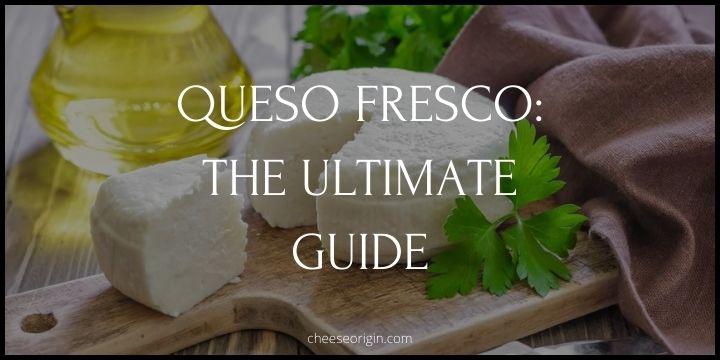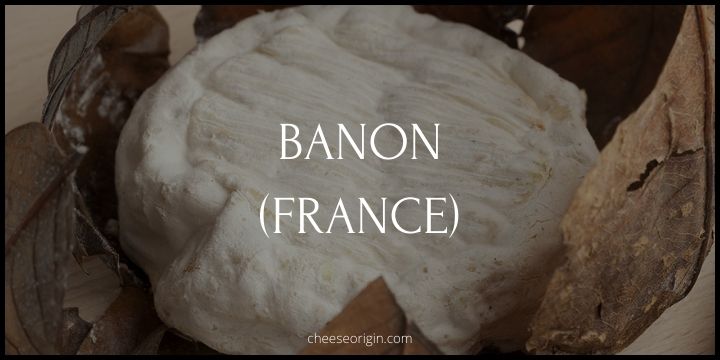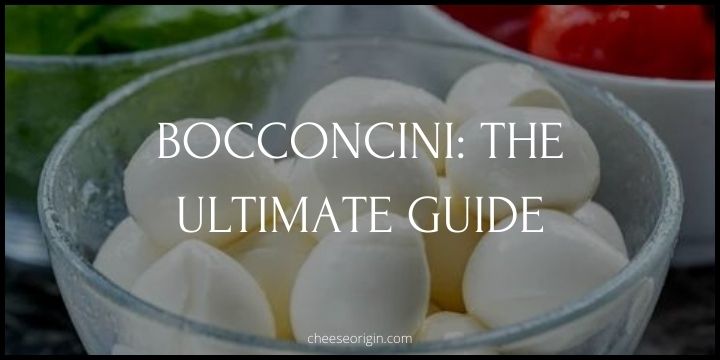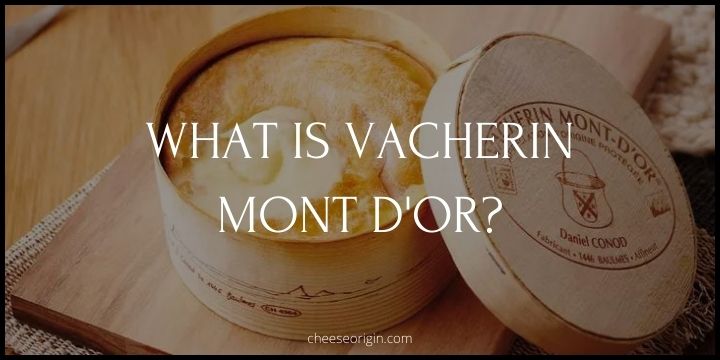What is Picos de Europa? Spain’s Blue Cheese Gem
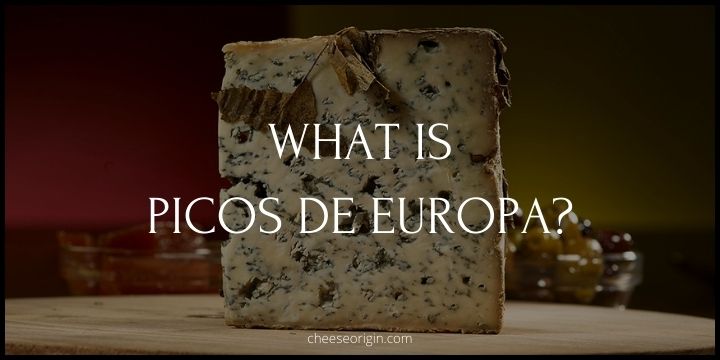
In the heart of Spain’s majestic mountain range, nestled between valleys and peaks, lies a hidden culinary treasure – Picos de Europa, a blue cheese gem that encapsulates the essence of this breathtaking region. This cheese, steeped in tradition and time-honored craftsmanship, is not just a delight for the palate, but also a testament to Spain’s rich gastronomic heritage.
Quick Facts About Picos de Europa Blue Cheese
| Quick Facts | Details |
|---|---|
| Origin | Spain |
| Region | Picos de Europa Mountains, Asturias |
| Type | Blue Cheese |
| Milk Source | Cow’s Milk but sometimes blended with Goat’s or Sheep’s Milk |
| Texture | Semi-soft to semi-hard |
| Rind | Natural, often covered in maple or chestnut leaves |
| Color | White to yellowish paste with greenish-blue veins |
| Flavor Profile | Strong, pungent, slightly spicy, with a hint of saltiness |
| Aging Time | Minimum 3 months |
| Pairings | Sherry, robust red wines, crusty bread, and fresh fruits |
| Other Names | Queso de Valdeón, Blue de Valdeón |
| Protected Designation | Protected Geographical Indication (PGI) since 2003 |
| Production Method | Traditional, artisanal |
| Serving Temperature | Room temperature for best flavor |
| Shelf Life | 2-4 weeks after opening if properly stored |
| Storage | In the fridge, wrapped in wax paper or foil |
| Nutrition | High in protein and calcium, but also high in fat and sodium |
What is Picos de Europa Blue Cheese?
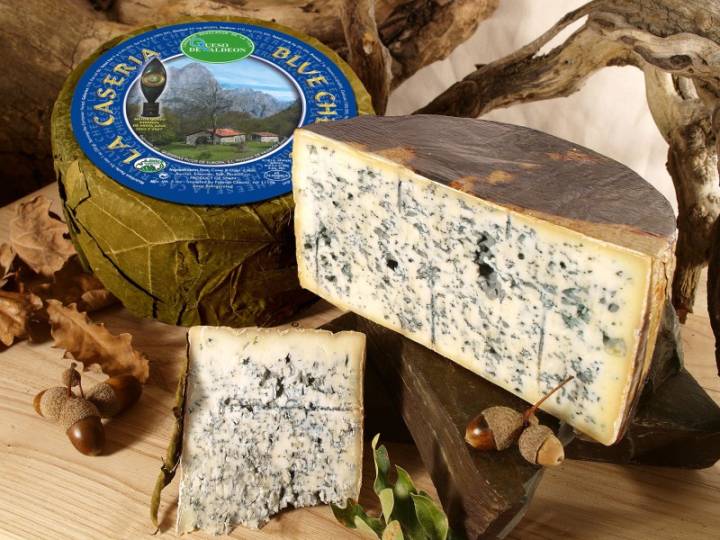
Stepping into the world of artisanal cheeses, one cannot overlook the Spanish marvel that is Picos de Europa Blue Cheese. Known as ‘Queso de Valdeón’ in its native land, this cheese is a rich tapestry of flavors, textures, and history, born in the rugged landscapes of the Picos de Europa Mountains in Asturias.
Picos de Europa is not your run-of-the-mill blue cheese. Crafted from a blend of cow’s milk and sometimes goat’s or sheep’s milk, its unique composition yields a semi-soft to semi-hard texture that crumbles delicately on your tongue. The cheese sports a natural rind, often wrapped in maple or chestnut leaves, adding an earthy note to its already complex flavor profile.
The true magic of Picos de Europa lies in its color and flavor. Cut open a wheel and you’ll be greeted by a white to yellowish paste, streaked with greenish-blue veins – a testament to its blue cheese pedigree. On tasting, prepare for a sensory explosion. This cheese is strong, pungent, and slightly spicy, with a hint of saltiness that lingers on the palate.
Aged for a minimum of three months, Picos de Europa develops a depth of flavor that can hold its own against any wine or accompaniment. Whether you’re pairing it with a robust sherry, a chunk of crusty bread, or fresh fruits, this cheese is sure to elevate your culinary experience.
Protected under the Geographical Indication since 2003, Picos de Europa Blue Cheese is more than just a dairy product; it’s a celebration of Spanish heritage, traditional cheese-making methods, and the art of good eating. So, next time you’re looking to embark on a gourmet adventure, remember to invite Picos de Europa along for the ride.
What Does Picos de Europa Blue Cheese Taste Like?
Picos de Europa Blue Cheese is renowned for its robust and complex flavor profile. Upon first taste, you’ll likely notice its strong pungency, a characteristic trait of blue cheeses. This strength is balanced by a slight spiciness that adds an exciting twist to the palate.
Its flavor doesn’t end there, though. A hint of saltiness comes through, enhancing the overall taste and adding a surprising depth to this cheese. The milk blend used in its creation also lends it a certain creaminess, providing a nice counterbalance to its more powerful tastes.
The rind is often wrapped in maple or chestnut leaves, contributing an earthy undertone that complements the cheese’s bold flavors. As with most cheeses, the flavor of Picos de Europa intensifies with age, resulting in a more pronounced pungency and spice as it matures.
Tasting Notes
- Robust Flavor: Picos de Europa Blue Cheese is known for its robust and pungent flavor.
- Spicy Taste: The cheese offers a strong, slightly spicy taste that is characteristic of blue cheeses.
- Saltiness: It carries a hint of saltiness, enhancing the overall depth of flavor.
- Creaminess: The cheese has a certain creaminess due to the blend of cow’s milk and sometimes goat’s milk used in its creation.
- Earthy Undertone: The rind, often wrapped in maple or chestnut leaves, imparts an earthy undertone to the cheese.
- Age and Intensified Flavors: As it matures, the flavors intensify, leading to a more pronounced pungency and spiciness.
- Serving Temperature: Best served at room temperature, as this allows all its complex flavors to come alive.
- Versatility: Its unique taste makes it a versatile pairing with a variety of dishes, wines, breads, fruits, and nuts.
10 Best Picos de Europa Blue Cheese Substitutes
Sure, here’s a detailed table of 10 best substitutes for Picos de Europa Blue Cheese:
| Substitute | Flavor Profile | Texture | Best Used As Substitute In |
|---|---|---|---|
| Roquefort | Strong, tangy, slightly spicy flavor. | Crumbly texture. | Great in salads, cheese platters, and melted on top of dishes. |
| Gorgonzola | Creamy, mild, with a hint of sweetness. | Soft and crumbly texture. | Perfect for pasta dishes, risottos, and salads. |
| Stilton | Rich, mellow, slightly sweet flavor. | Semi-soft, crumbly texture. | Excellent for cheese boards, salads, and baked dishes. |
| Danish Blue | Sharp, salty flavor. | Semi-soft, creamy texture. | Ideal for dressings, dips, and cheese platters. |
| Cambozola | Mild, creamy, slightly sweet flavor. | Soft, velvety texture. | Good for cheese boards, sandwiches, and melted on dishes. |
| Fourme d’Ambert | Mild, nutty, earthy flavor. | Semi-soft, creamy texture. | Works well in salads, pasta dishes, and cheese platters. |
| Bleu d’Auvergne | Spicy, pungent flavor. | Creamy, crumbly texture. | Excellent for cheese boards, salads, and melted on dishes. |
| Cabrales | Strong, spicy, slightly sour flavor. | Semi-hard, crumbly texture. | Great for cheese platters, salads, and pasta dishes. |
| Castello Blue | Mild, salty, slightly tangy flavor. | Creamy, crumbly texture. | Good for cheese boards, sandwiches, and melted in various dishes. |
| Bleu de Gex | Mild, creamy, slightly nutty flavor. | Semi-soft, creamy texture. | Ideal for cheese platters, salads, and pasta dishes. |
What Pairs Well With Picos de Europa Blue Cheese?
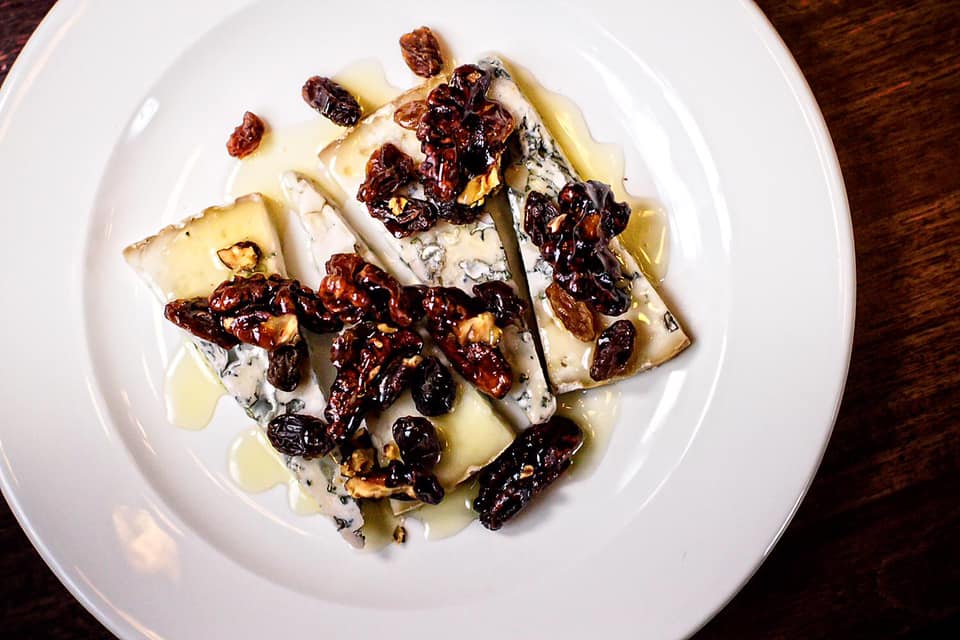
Food that goes well:
| Category | Food |
|---|---|
| Bread | Rustic bread, Baguette, Walnut bread, Rye bread |
| Crackers | Whole grain crackers, Water biscuits, Rice cakes |
| Fruits | Fresh figs, Pears, Apples, Grapes |
| Nuts | Walnuts, Almonds, Pecans |
| Meats | Jamón ibérico, Prosciutto, Chorizo |
| Seafood | Smoked salmon, Anchovies, Sardines |
| Vegetables | Roasted red peppers, Marinated artichokes, Grilled asparagus |
| Jams and Spreads | Fig jam, Quince paste, Honey |
| Desserts | Dark chocolate, Dried fruit, Fruit tarts |
Also read: 11 Best Crackers that Pair Well with Cheese
Beverage that goes well:
| Category | Beverage |
|---|---|
| Wine | Rioja red wine, Port wine, Sauternes, Riesling |
| Beer | Belgian Trappist beers, Strong ales, Dark lagers |
| Cider | Traditional Spanish cider, Dry apple cider |
| Spirits | Brandy, Whisky, Aged rum |
| Non-Alcoholic | Apple juice, Grape juice, Non-alcoholic stout |
Also read: Best Wine and Cheese Pairings: The Ultimate Guide
Also read:
- What is Monte Enebro? The Tangy Temptation
- What is Stichelton? The True Stilton’s Alternative
- What is Dubliner Cheese? From Irish Pastures to Global Tables
- What is Labneh Cheese? A Middle Eastern Culinary Secret
- What is Roncal? A Taste of Spanish Heritage
- What is Cheshire Cheese? A Timeless British Delight
- What is Fromage Blanc? Unveiling France’s Creamy White Delight
